Greetings, everyone. This is Yasuhiro Naka, sound designer for Bayonetta 3.
I hope by this point many of you have already played through the game a number of times. I’m sure that you have explored the multiple stages and made various discoveries within the game through your playthroughs.
For our third sound design entry in the Umbran Studies blog, I would like to spend some time discussing the sound design specifically in regard to the stages and environments of the game.
See also:
Umbran Studies — In-Game Sound Effects 1: The Sound of Bayonetta and Viola
Umbran Studies — In-Game Sound Effects 2: Enemy Sound Design
The environments in Bayonetta 3 are quite a bit larger than the previous titles in the series. And because of this, one unique trait of this game is the sheer number of interactable objects in the environment, as well as the fact that numerous areas in the various stages are destructible. Another point to note is the “real world” setting of many of the stages, which include a number of scenes with familiar sounds that can be heard throughout.
This installment of the series has Bayonetta traveling the world in a globe-trotting adventure, which means the development team was tasked in accurately recreating the cityscapes and atmosphere of each country represented. Through this, I made it my personal goal to emulate the feel of these countries through the sound design as well.
Unfortunately, the real world was in the midst of struggling through the sudden rise of the COVID-19 pandemic during production… If this hadn’t been the case, I would have loved to have visited the actual countries and experienced the various sounds firsthand to help in the game’s stage production.
Given these circumstances, you would think that it would have been easiest for me to work on the “Tokyo Stage (Shinagawa-Shibuya)”, which is an area that I have personally visited many times to the point that the area has been well ingrained into my memory. But despite my personal experience, there were many hurdles that needed to be overcome…
In this chapter, I’d like to take some time to discuss this Tokyo stage, as well as the often overlooked sound design of footsteps in video game environments.
Expressing the Existence of Space
The Shibuya stage was the first one to be finished during development. Here, you are thrown into a world with visuals suspiciously similar to the “Shibuya 109” shopping mall, a landmark of Japanese fashion culture. This is an area that I have personally visited several times during business trips and personal travel. Shibuya Station is an area that you see on TV quite often here in Japan, so I think it would be hard to find anyone who lives in this country that doesn’t recognize this location.
After first seeing this famous place recreated to such detail inside the game world, I thought to myself, “if I don’t knock the sound design out of the park, it’s going to make everything else feel so contrived…”
On top of this personal pressure, director Yusuke Miyata also made it the team’s goal to create environments with an emphasis placed on the “existence of space”, which was never a focus of the Bayonetta series in the past. So this time, I especially kept this concept in mind while proceeding with the sound design.
The setting for this stage finds you in a city that has undergone massive destruction with the denizens already completely evacuated out of the city, leaving you in a sort of ghost town metropolis.
We tried to flesh out this environment by adding the sounds of emergency evacuation announcements ringing throughout the city, radios still playing in stores, and the “Biiing…Booong” sound that you often hear in front of the subway station entrances (which I learned exist to serve as “audible signs” to help guide people with visual impairments).
We also made it so that when you climb high up in the stage, you can even hear the rumbling of the numerous air conditioning units lining the building tops. We designed the sound for this area while trying to keep many aspects just as they would be in normal in daily life, to give the impression of a city that has been left completely abandoned after an unexpected assault.
Shinagawa Station is the very first area that Bayonetta finds herself in after making her way out of Ginnungagap.
The hardest part was trying to recreate the battle scene in the train, which takes place on the Yamanote train line that passes through Shinagawa, a train line that actually exists in the real world.
Normally, we would recreate this in-game using recordings of the actual sounds heard inside and outside the actual train, but needless to say this wasn’t an easy task to do given that this is the busiest and most crowded train line here in Japan.
I took a moment and tried to think of the best way to solve this problem, and finally found the perfect spot to record the sounds of an actual train. However, it wasn’t sounds of the Yamanote line, but of a different Japan Railways trainline located here in the Kansai region. (To all the die-hard train fans out there, please forgive me…)
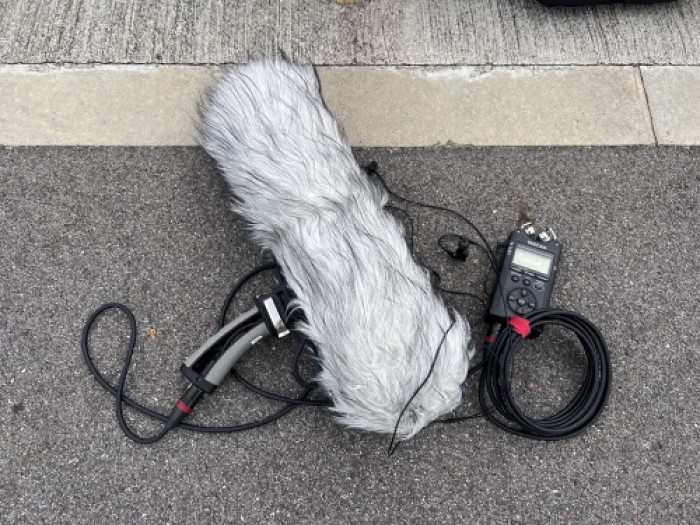
This location that we chose was perfect for our recording needs, as it allowed us to get sounds from different types of trains, like local, express, limited express and even freight trains. And with the right timing, we could get these sounds with very little background noise, helping us acquire a clean recording. After a little bit of sound editing, were able to realistically recreate the sounds for the battle scene on the train after it departs Shinagawa Station.
The in-train announcements were specially-recorded for the game as well.
Even in seemingly insignificant sections like this, director Miyata’s distinct (and perhaps a bit crazy?) vision comes through. Not only did he strive for true-to-life sound texture and quality, he insisted we also have an English announcement play after the Japanese has finished, just like on the real thing. It ended up being quite the accurate representation, I think!
Also, close to the Ginnungagap warp areas, we added sounds “leaking out” from the world on the other side. For the Tokyo stage warp, we added sounds of the announcements heard from inside the train just as it is arriving at the station. Stick around the area in-game and try giving it a listen some time.
The Sounds of Footsteps – Subtle Immersion
One more aspect of the environments that is easy to overlook is the footstep sounds of Bayonetta and Viola. The sounds of the footsteps constantly change relative to the surface being walked on, but people don’t tend to focus on it.
For this installment, the biggest hurdle was figuring out how to handle the “tiled roofs” often seen in East Asian architecture. These types of roofs are rarely used (let alone walked on) in media outside of Asian historical dramas, yet in this game Bayonetta and Viola end up walking all over them.
These tiles are made from quite a specific material, but thankfully my family’s house in my hometown has a tiled roof and a stock of replacements, so I was able to borrow a few tiles from them.
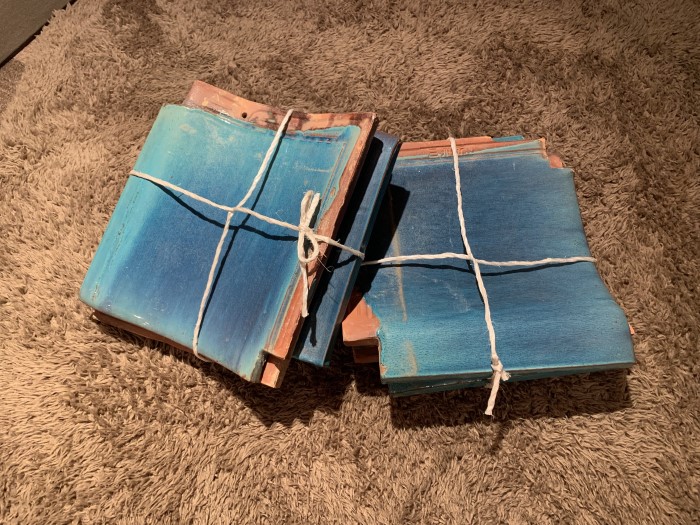
However, it’s surprisingly difficult to keep the tiles stable by just laying them next to each other, and it didn’t give the desired sound. So, I created a base for the tiles similar to what you’d see under the tiles of an actual roof.
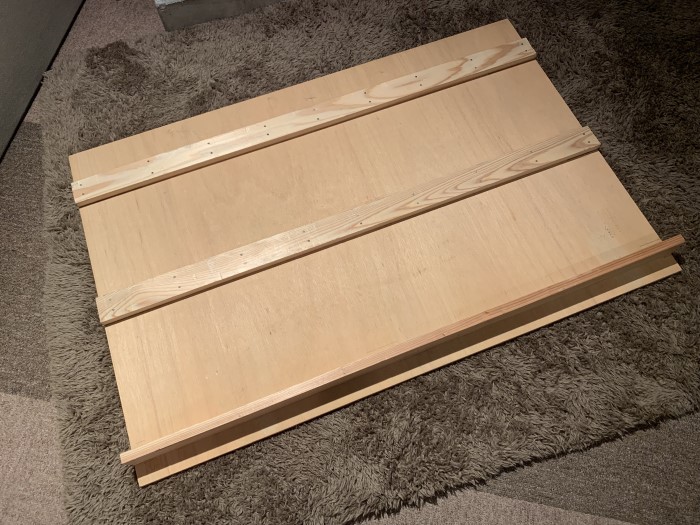
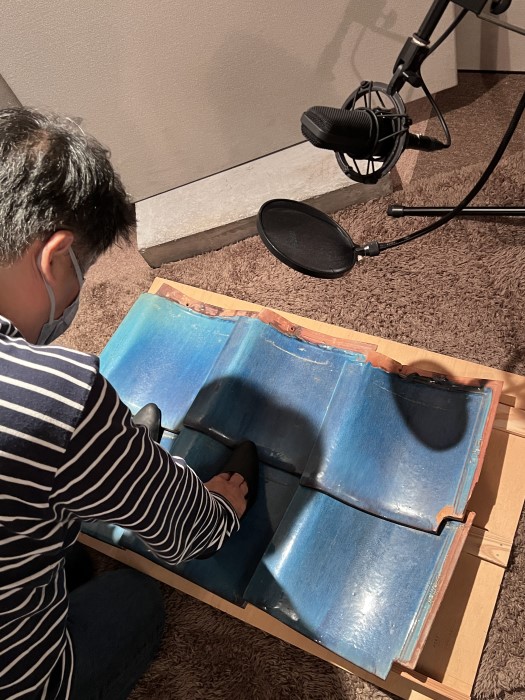
Naturally, it would be impossible to perfectly recreate an entire roof for the sake of sound recording, so I gave up on further modifications here. But I think I was able to get some great sounds thanks to my efforts in creating this makeshift roof.
There has been more and more implementation of this kind of Foley* sound recording here at PlatinumGames lately. So this was the perfect chance to give some of our newer team members some hands-on experience and introduce them to the world of physical sound creation.
*Foley is a method of creating sound effects for TV, games, movies and more in post-production. It usually involves the Foley artists manipulating real objects as they watch the on-screen visuals in order to create the sound.
There were many struggles along the way, but it was a great experience for everyone to learn the difference between simply “making noise” and creating the type of sounds needed for in-game use. (I fixed nearly all of the sounds they recorded later on, but let’s just keep that a secret between us)
What do you think?
This time we focused a lot of development into the environmental sound, and did our best to create different worlds and atmospheres that could be felt as realistically as possible, even without the presence of music.
I hope you can take your time to savor the assorted sounds of a crumbling multiverse, presented with thought and care throughout the stages of Bayonetta 3.
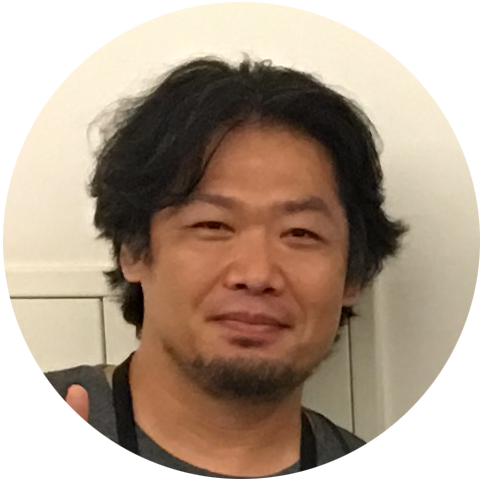 |
Yasuhiro Naka He started his career in 1993 at a major game developer. After working on various game sound productions, he joined PlatinumGames in 2009 as a sound designer. He has worked on various sound design and system architecture for VANQUISH, The Wonderful 101, Bayonetta 2, STAR FOX ZERO/GUARD, NieR: Automata, and World of Demons. For Bayonetta 3, he was in charge of sound direction for everything except the background music, and also responsible for sound design of players, enemies, and backgrounds, as well as system construction and outsourcing. |